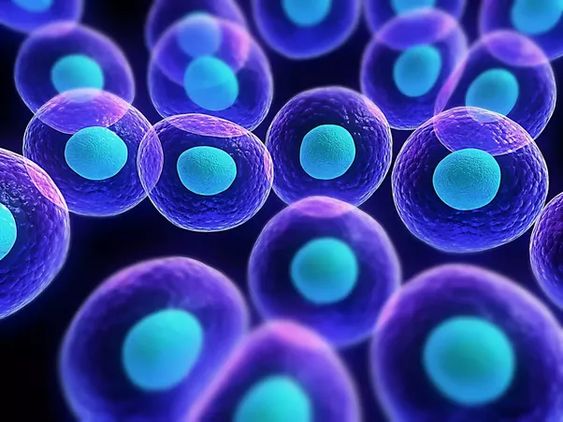Introduction
Blood plasma therapy, also known as convalescent plasma therapy, has gained significant attention in recent years as a potential treatment for various medical conditions. This therapeutic approach involves collecting plasma, the liquid portion of blood rich in antibodies, from individuals who have recovered from a specific disease and transfusing it into patients currently battling the same illness.

The underlying principle of blood plasma therapy lies in the concept of passive immunity. When a person contracts a disease, their immune system produces antibodies, specialized proteins that recognize and fight against the invading pathogen. These antibodies remain in the plasma even after the person recovers. By transferring plasma from recovered individuals to sick patients, the aim is to provide a boost of antibodies that can help the recipient's immune system combat the disease more effectively.
What Conditions Can Blood Plasma Therapy Treat?
Blood plasma therapy has shown promise in treating a range of conditions, including:
- Infectious Diseases: Convalescent plasma therapy has been explored as a potential treatment for various infectious diseases, including Ebola, MERS-CoV, and most notably, COVID-19.
- Immune Deficiencies: Individuals with weakened immune systems may benefit from plasma transfusions to bolster their antibody levels and fight off infections.
- Neurological Disorders: Research is ongoing to investigate the potential of blood plasma therapy in treating neurological conditions like Guillain-Barré syndrome and multiple sclerosis.
How is Blood Plasma Therapy Administered?
The process of administering blood plasma therapy typically involves the following steps:
- Donor Screening: Potential plasma donors undergo rigorous screening to ensure they meet specific criteria, including having recovered from the target disease and having sufficient antibody levels.
- Plasma Collection: Plasma is collected from eligible donors through a process called plasmapheresis.
- Plasma Testing and Processing: The collected plasma undergoes testing for blood type compatibility and to ensure it is free from infectious agents.
- Transfusion: The processed plasma is then transfused into the recipient patient intravenously.
Potential Benefits and Risks of Blood Plasma Therapy
Like any medical procedure, blood plasma therapy carries potential benefits and risks.
Potential Benefits:
- Passive Immunity: It provides a rapid influx of antibodies, potentially aiding in faster recovery and reducing disease severity.
- Availability: Plasma from recovered patients can be a readily available treatment option, especially during outbreaks.
Potential Risks:
- Allergic Reactions: As with any blood transfusion, there is a risk of allergic reactions.
- Transfusion-Related Lung Injury (TRALI): TRALI is a rare but serious complication that can occur with blood transfusions.
- Infections: Although rare, there is a small risk of transmitting infectious agents through plasma transfusions.
Conclusion
Blood plasma therapy represents a promising avenue for treating various medical conditions by harnessing the power of passive immunity. While it offers potential benefits, it is essential to weigh these against the associated risks. Ongoing research continues to explore its efficacy and safety in diverse clinical settings.





